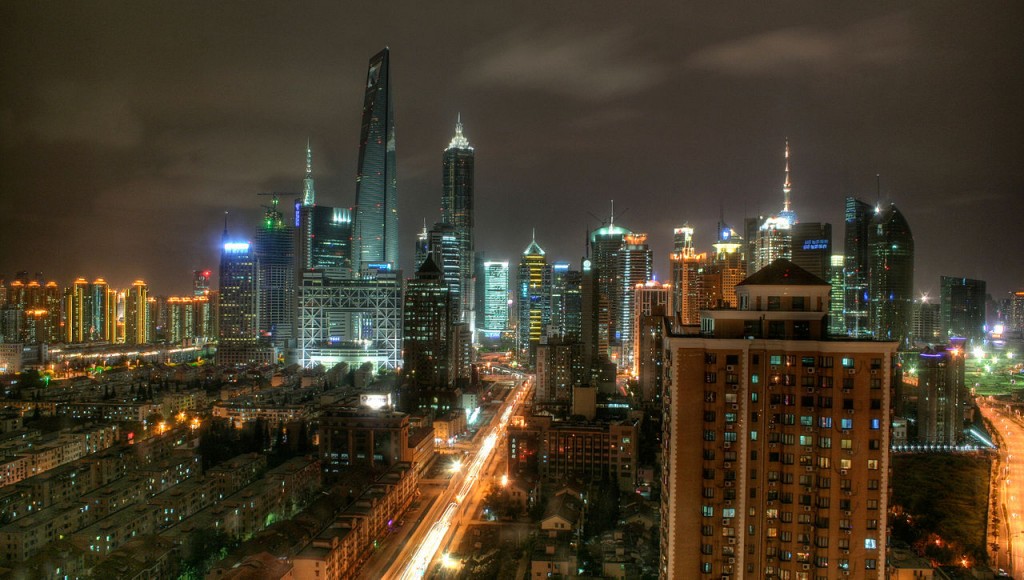 China’s imports of liquefied natural gas (LNG) are poised to rise for a fourth straight month in August, but this may not be quite as bullish as it first appears.
China’s imports of liquefied natural gas (LNG) are poised to rise for a fourth straight month in August, but this may not be quite as bullish as it first appears.
The world’s biggest buyer of the super-chilled fuel is on track to see imports of 6.04 million metric tons in August, the strongest since the same volume was landed in January, according to data compiled by commodity analysts Kpler.
China’s imports of LNG have been trending higher since hitting a five-year low of 4.48 million tons in February.
But while that piece of data is indicative of a recovery in demand, there is a more important number that shows China’s appetite for LNG remains muted.
The last time that imports were higher than the same month a year earlier was October 2024, meaning that in the 11 months since then arrivals have been weaker on a year-on-year basis. It would be hard to claim that China’s LNG demand was recovering until imports in a month exceed the level for the same month in the prior year.
The question then becomes what will it take for China’s LNG demand to return to year-on-year growth?
The answer is most likely linked to spot prices.
The LNG China is currently importing is largely volumes secured under long-term contracts, and what it is not buying is spot cargoes.
The spot price for LNG for delivery to North Asia has been trending lower in recent weeks, ending at $11.40 per million British thermal units (mmBtu) in the seven days to Aug. 22.
This is down from the peak so far in 2025 of $16.10 per mmBtu from mid-February, but it’s also worth noting that the lowest price this year has been $11.00 in the week to May 2.
The spot price has not dropped below $11 per mmBtu since May 2024, meaning LNG has been expensive in comparison to recent years, with a low of $8.30 in 2024 and $9.00 in 2023.
A spot price above $10 per mmBtu means LNG struggles to be competitive in China against domestic and pipeline natural gas, resulting in utilities paring imports.
INDIA SLUMP
The impact of high spot prices can be seen in other price-sensitive buyers in Asia, such as India, where imports are on track to fall for a third straight month in August to 1.83 million tons, according to Kpler data.
If the final figure for August remains at this level, it would be the weakest month for India since June 2023.
A further question for the market is whether spot prices are likely to continue to trend lower given weakness in buyers such as China and India.
So far this year demand in Europe as the continent works to refill natural gas storages has kept prices robust, but this is starting to taper as inventories reach satisfactory levels.
Europe’s August imports are forecast to reach 7.86 million tons, down from 8.84 million in July and a fifth consecutive monthly decline.
However, Europe’s LNG imports are still up strongly on a year-on-year basis, with August likely to be 22% higher than the 6.45 million from the same month last year.
For the first eight months of the year Europe’s LNG imports are 82.71 million tons, 22.1% higher than the 67.74 million for the same period in 2024, according to Kpler data.
It’s also worth noting that demand has been rising in Asia’s developed economies, which are less sensitive to price movements.
Japan, the world’s second-biggest LNG buyer, is on track to receive 5.83 million tons in August, the most since February, amid higher demand in the northern summer.
South Korea, the third-ranked LNG importer, is estimated to have August arrivals of 4.99 million tons, the most since December 2023. In effect, Europe’s strong growth this year and seasonal demand in Japan and South Korea are keeping spot LNG prices at levels high enough to crimp imports by China, India and other price-sensitive buyers in Asia.
Enjoying this column? Check out Reuters Open Interest (ROI), your essential new source for global financial commentary. ROI delivers thought-provoking, data-driven analysis of everything from swap rates to soybeans. Markets are moving faster than ever. ROI can help you keep up. Follow ROI on LinkedIn and X.
The views expressed here are those of the author, a columnist for Reuters.
; (Editing by Stephen Coates)